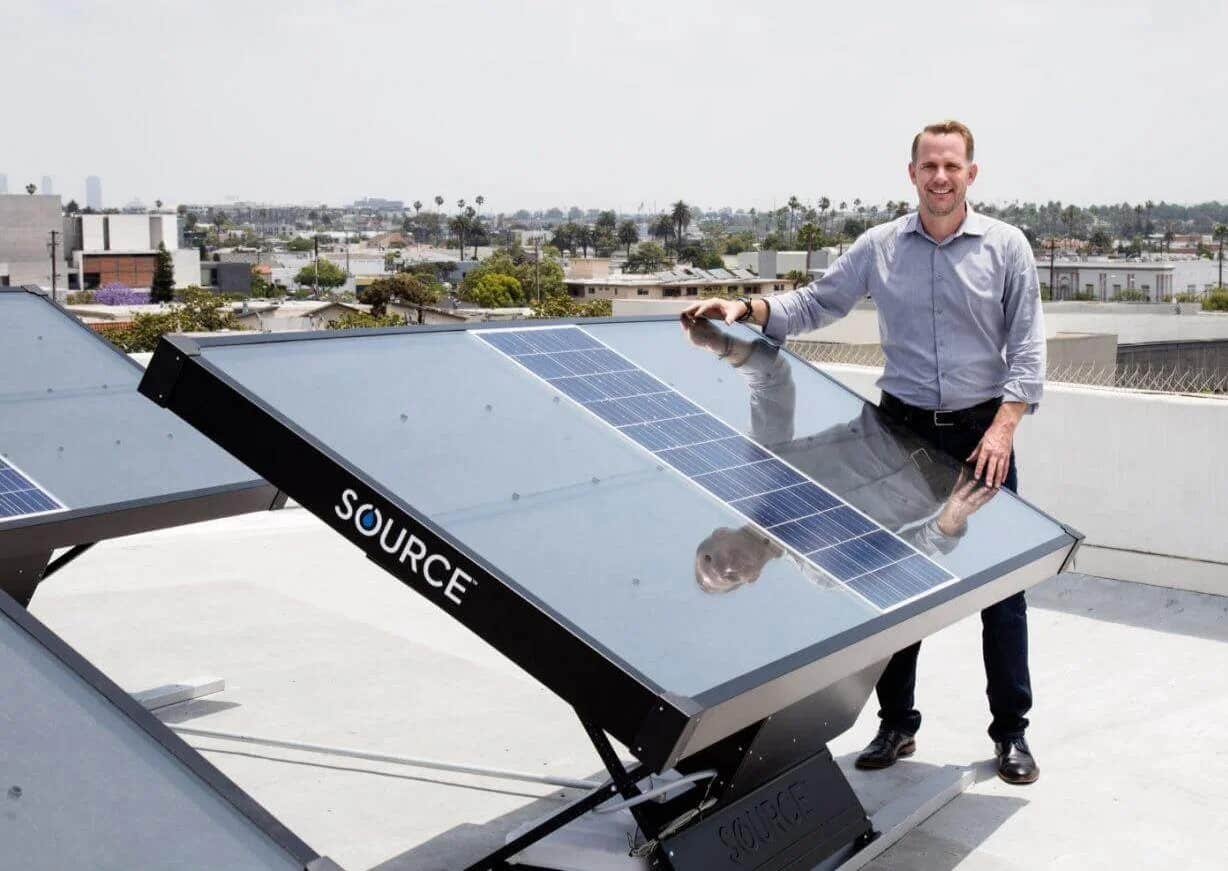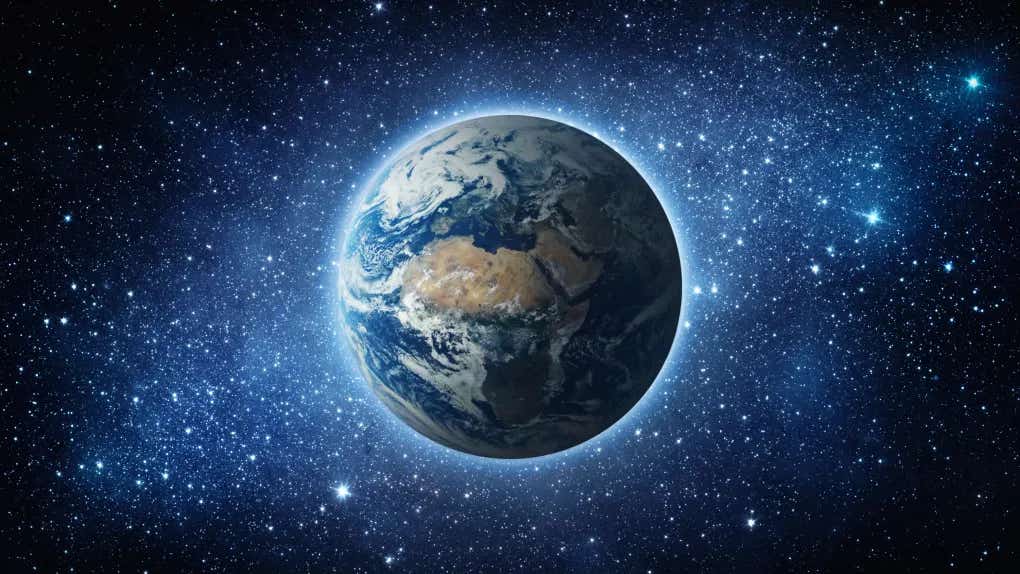Solving the global water crisis: Hydropanel produces 10 liters of safe drinking water every day
Atmospheric water generators offer clean drinking water, addressing contamination, drought, and infrastructure issues with innovative hydropanel technology.

Innovative technologies like atmospheric water generators (AWGs) and hydropanels are providing new pathways to clean water for households and communities worldwide. (CREDIT: Source)
Water is a fundamental human need, but access to safe, clean drinking water is far from universal. Even in industrialized nations, the water supply faces challenges from contamination, aging infrastructure, and climate-induced scarcity.
Innovative technologies like atmospheric water generators (AWGs) and hydropanels are providing new pathways to clean water for households and communities worldwide.
The State of Water Insecurity
In the United States, the water infrastructure is under strain. Forty percent of America’s 50,000 community water systems have reported quality violations, according to the EPA. Nearly 15% of Americans rely on wells, and half of these private sources fail to meet basic quality standards.
California exemplifies the severity of this issue, with 450,000 residents served by systems that do not comply with the Safe Drinking Water Act.
The most common contaminants in failing water systems include heavy metals like lead, copper, arsenic, and uranium, along with bacteria such as E. coli. Many of these pollutants stem from industrial, agricultural, or mining activities, while aging infrastructure exacerbates the problem.
Heavy metals pose a particularly insidious threat. Their accumulation in the body over time can lead to severe health issues, including cancers, neurological disorders, and developmental delays in children. Lead exposure, for instance, impairs brain development and immune function, while arsenic is a known carcinogen even at low levels.
Enter Atmospheric Water Generators
AWGs offer a compelling solution by capturing water vapor from the air and condensing it into liquid form. These devices can function in diverse climates, providing clean water in regions with poor-quality or unreliable supplies.
Related Stories
For example, the SOURCE hydropanel from Zero Mass Water uses solar power to extract moisture from the air, converting it into potable water enriched with calcium and magnesium for improved taste and health benefits.
A standard SOURCE array consists of two panels and can produce between 4 to 10 liters of water daily. The system includes a 30-liter reservoir for storage, with a direct connection to a home’s tap or refrigerator.
Maintenance is minimal, requiring only annual filter changes and a mineral cartridge replacement every five years. Over its lifetime, a single unit can generate the equivalent of 43,800 bottles of water, eliminating the associated plastic waste.
The initial cost of a SOURCE system is approximately $4,000 for the base array plus $500 for installation—the long-term benefits are substantial. Over its 10-year lifespan, the daily cost of operation averages $1.23, or $0.12 to $0.30 per liter.
Critically, these devices offer a lifeline for remote or underserved communities. They are entirely independent of external water supplies or electrical grids, making them ideal for off-grid homes, emergency preparedness, and drought-prone regions.
According to Zero Mass Water, the technology performs reliably even in arid climates, such as Scottsdale, Arizona, where humidity levels drop below 5% during summer.
Tackling Hidden Contaminants
Many small or rural communities face unique challenges in maintaining water quality. Federal regulations often fall short in these areas due to a lack of testing, underfunded infrastructure, or decentralized systems like private wells. Heavy metals such as copper, lead, and arsenic frequently contaminate water supplies in these regions, posing severe health risks.
Lead and copper, commonly found in aging plumbing, leach into water through corroding pipes. Arsenic, a naturally occurring but highly toxic element, enters drinking water through industrial runoff or agricultural practices. Mercury, another dangerous contaminant, often originates from mining activities or improper waste disposal.
The long-term health effects of these toxins are profound. Chronic exposure can damage organs, impair cognitive development, and lead to fatal diseases. Pregnant women and children are particularly vulnerable, highlighting the urgency of addressing water quality issues comprehensively.
Hydropanels like SOURCE present a sustainable alternative. Unlike rainwater harvesting, these devices capture pure water vapor from the atmosphere. The water is mineralized for optimal taste and health before being stored for consumption.
Installation is straightforward, with panels mounted on rooftops or properties to optimize solar exposure. Once operational, the system functions independently, providing clean drinking water while reducing reliance on bottled water or trucked-in supplies.
Bridging the Gap Between Technology and Accessibility
Despite the promise of AWGs and hydropanels, their adoption is limited by cost. A broader rollout of these systems would require public and private investment to reduce prices and increase accessibility. Nevertheless, the environmental and health benefits make these devices a worthwhile investment for those who can afford them.
As climate change intensifies water scarcity and contamination risks, innovative solutions like hydropanels offer a glimpse into a more sustainable future. They empower households to take control of their water supply, ensuring access to clean, safe drinking water regardless of geography or infrastructure limitations.
Water security is not just a local issue but a global one. Technologies like atmospheric water generators and hydropanels provide scalable, sustainable solutions to an age-old problem.
By investing in these innovations, communities can protect their most vital resource while promoting health, sustainability, and resilience.
Note: Materials provided above by The Brighter Side of News. Content may be edited for style and length.
Like these kind of feel good stories? Get The Brighter Side of News' newsletter.
Joseph Shavit
Head Science News Writer | Communicating Innovation & Discovery
Based in Los Angeles, Joseph Shavit is an accomplished science journalist, head science news writer and co-founder at The Brighter Side of News, where he translates cutting-edge discoveries into compelling stories for a broad audience. With a strong background spanning science, business, product management, media leadership, and entrepreneurship, Joseph brings a unique perspective to science communication. His expertise allows him to uncover the intersection of technological advancements and market potential, shedding light on how groundbreaking research evolves into transformative products and industries.



